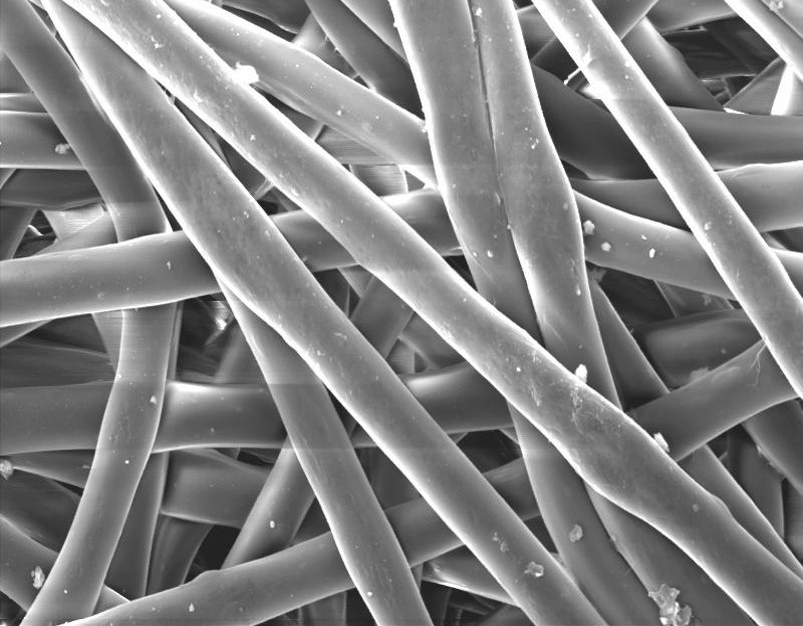Dealing with Moisture in Air Inlet Filtration Systems
Learn about types of moisture, key terms, fiber and media types, separation, and freezing.
Types of Moisture
- Rain water in liquid form: 1000 microns and larger
- Mist water in liquid form: 8 – 800 microns
- Fog in particulate form: 0.7 -250 microns
- High humidity in air: Gaseous form
- Snow/Ice/Frost: Vary widely
The density and droplet size of moisture in the airstream impacts performance of varying filter media differently.
The difference between Hydrophilic and Hydrophobic
Materials with a special affinity for water — those it spreads across, maximizing contact — are known as hydrophilic.
Materials that naturally repel water, causing droplets to form, are known as hydrophobic
Hydrophilic and hydrophobic materials are defined by the geometry of water on a flat surface — specifically, the angle between a droplet’s edge and the surface underneath it. This is called the contact angle.

Contact Angles
Hydrophilic Surface < 90°
If the droplet spreads, wetting a large area of the surface, then the contact angle is less than 90 degrees and that surface is considered hydrophilic.
Hydrophobic Surface > 90°
Hydrophobic. Several factors impact the contact angle of a water drop on the surface of a coating. These include the macro, micro, nano-surface profile, and the surface tension of the coating on which the water droplet is resting.
Super Hydrophobic Surface > 150°
Surface tension is the elastic tendency of a fluid surface which makes it acquire the least surface area possible. The net effect causes liquid to behave like its surface was covered with an elastic membrane.
Fiber Types

Cellulose Fibers
Hydrophilic

Synthetic Fibers
Hydrophobic

Glass Fibers
Hydrophobic
Nano Fibers
Contact us to create your custom solution
Call us at: 704-859-2723 or fill out the form below.